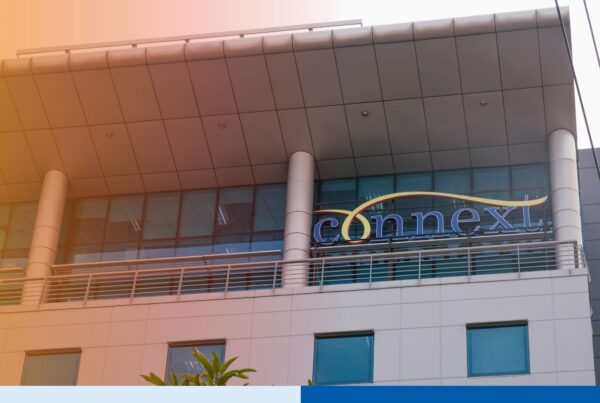
Photo by fauxels
In an increasingly globalized workforce, many businesses rely on Employer of Record (EOR) providers to manage their international employees and ensure compliance with local labor laws. An EOR takes on the legal responsibilities of employment, including payroll, taxes, benefits, and compliance, allowing businesses to focus on their core activities. However, there may come a time when a company needs to change its EOR provider. This article explores the reasons for making such a change, the challenges involved, and best practices for ensuring a smooth transition. For more details on Employer of Record services, consider how this solution can benefit your business.
Why Change EOR Providers?
- Service Quality: Companies may seek a new EOR provider if they are dissatisfied with the current level of service. This could include issues like delays in payroll, poor communication, or lack of responsiveness.
- Cost Efficiency: Businesses may find a more cost-effective solution with another EOR provider, offering better pricing structures or more value-added services.
- Compliance and Risk Management: Ensuring compliance with local labor laws is critical. If an EOR provider fails to maintain compliance, it can expose the company to significant risks. Changing to a more reliable provider can mitigate these risks.
- Expansion and Scalability: As companies grow, they may need an EOR provider with a broader geographic presence or the ability to scale services according to the company’s evolving needs.
- Technology and Integration: Modern EOR providers offer advanced technology platforms for managing HR, payroll, and compliance. Businesses might switch providers to benefit from better technology integration and more efficient processes.
Challenges of Changing EOR Providers
- Disruption of Services: Transitioning from one EOR provider to another can disrupt payroll and HR services, affecting employee satisfaction and morale.
- Data Migration: Moving employee data, payroll records, and compliance documentation from one provider to another can be complex and time-consuming, requiring meticulous attention to detail to avoid errors.
- Legal and Compliance Issues: Ensuring compliance during the transition is crucial. Different countries have varying legal requirements, and mishandling the transition can lead to legal complications.
- Communication and Coordination: Effective communication and coordination between the old and new EOR providers, as well as with internal stakeholders, are essential to ensure a seamless transition.
Best Practices for a Smooth Transition
- Comprehensive Planning: Develop a detailed transition plan that outlines each step of the process, including timelines, responsibilities, and key milestones. A well-structured plan helps manage expectations and reduces the risk of oversights.
- Stakeholder Involvement: Involve all relevant stakeholders, including HR, finance, legal, and IT departments, in the planning and execution of the transition. Their input and collaboration are vital for addressing potential challenges and ensuring a smooth process.
- Due Diligence: Conduct thorough due diligence when selecting a new EOR provider. Evaluate their capabilities, experience, technology, and compliance track record to ensure they meet your organization’s needs. Consider exploring Employer of Record services to find the right fit for your business.
- Clear Communication: Maintain open and transparent communication with employees throughout the transition. Inform them about the reasons for the change, the benefits, and how it will affect them. Regular updates can alleviate concerns and maintain trust.
- Data Security: Ensure that employee data is securely transferred between providers. This includes encrypting sensitive information and verifying that the new provider has robust data protection measures in place.
- Parallel Run: Consider running parallel operations with both the old and new EOR providers for a short period. This can help identify and resolve any issues before fully transitioning to the new provider.
- Training and Support: Provide training and support to employees and internal teams to familiarize them with the new provider’s systems and processes. This can help minimize disruptions and ensure a smooth adoption of new tools and practices.
- Monitoring and Feedback: Continuously monitor the transition process and seek feedback from employees and stakeholders. This allows for timely adjustments and improvements, ensuring a successful transition.
Conclusion
Changing EOR providers is a significant decision that requires careful planning and execution. While the process can be challenging, the benefits of improved service quality, cost efficiency, compliance, and scalability can outweigh the complexities involved. By following best practices and focusing on clear communication, data security, and comprehensive planning, businesses can navigate the transition smoothly and position themselves for continued success in managing their global workforce.
Discover how our top-tier Employer of Record (EOR) services can streamline your HR operations, ensure compliance, and drive cost efficiency. If you are considering a change in your EOR provider or looking to scale your operations, our expert team at Connext is here to support a seamless transition. Check out our strategic guide to transitioning global independent contractors to an EOR for more insights.
Contact us today to learn how we can help you achieve your business goals with quality EOR solutions.
Follow us on:
Facebook: Connext
LinkedIn: Connext
Instagram: @connextglobalsolutions_








